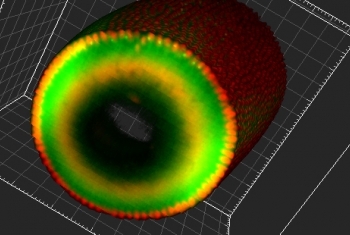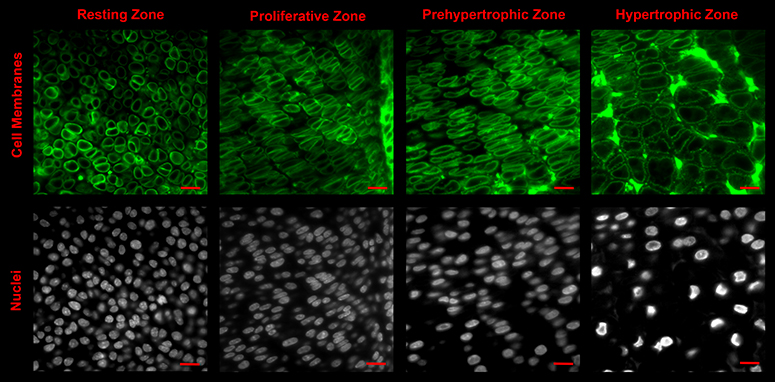Spring school for advanced imaging in biological research was a conference that took place at the Weizmann Institute of Science, on March 15th-16th.
Advanced imaging techniques are becoming increasingly important in life sciences, biological studies and medicine. Technologies span over a wide range, from standard optical microscopy to advanced multiphoton and light sheet imaging, and from magnetic resonance imaging (MRI) to matrix-assisted laser desorption ionization (MALDI).These are very diverse techniques, based on different principles, each isolating a different type of signal or properties. The use of various contrast sources enables aquisition of specific knowledge about an organ, cellular subpopulation or extracellular matrix, providing information about structural features, chemical composition and other characteristics.
During the last decade, resecarhers have combined several methods in order to achieve deeper understanding of live organisms at the cellular and molecular level, for diagnostics and disease modeling - and for the development of novel drugs.
The combination of high spatio-temporal resolution, speed and sensitivity as well as robustness, make today's advanced imaging tools indispensable.
The aim of our school was to maximize the synergy that can be achieved through the use of many research approaches incorporating different disciplines in advanced imaging, as preseted by experts who are world leaders in their fields.
Conference Homepage








